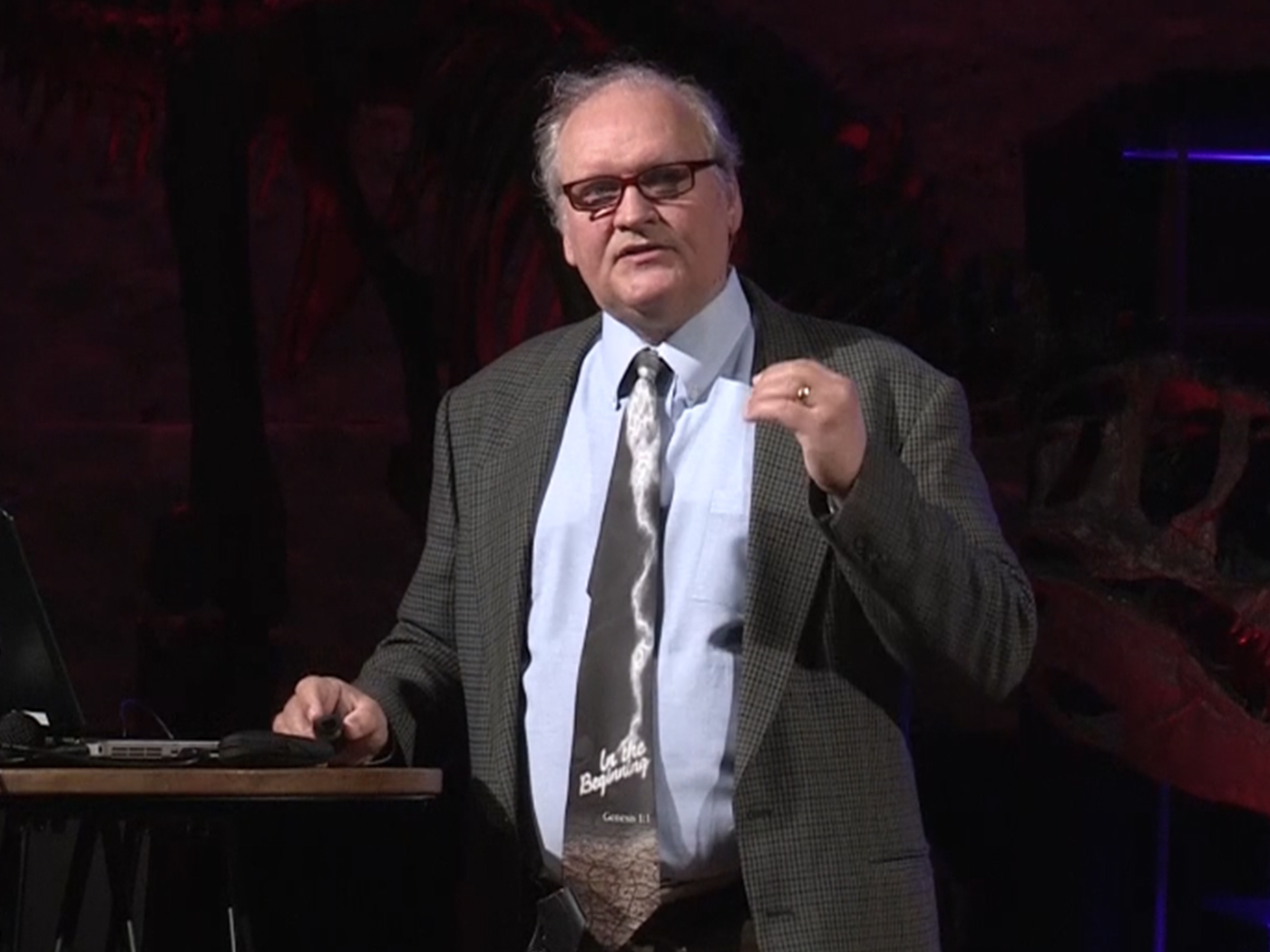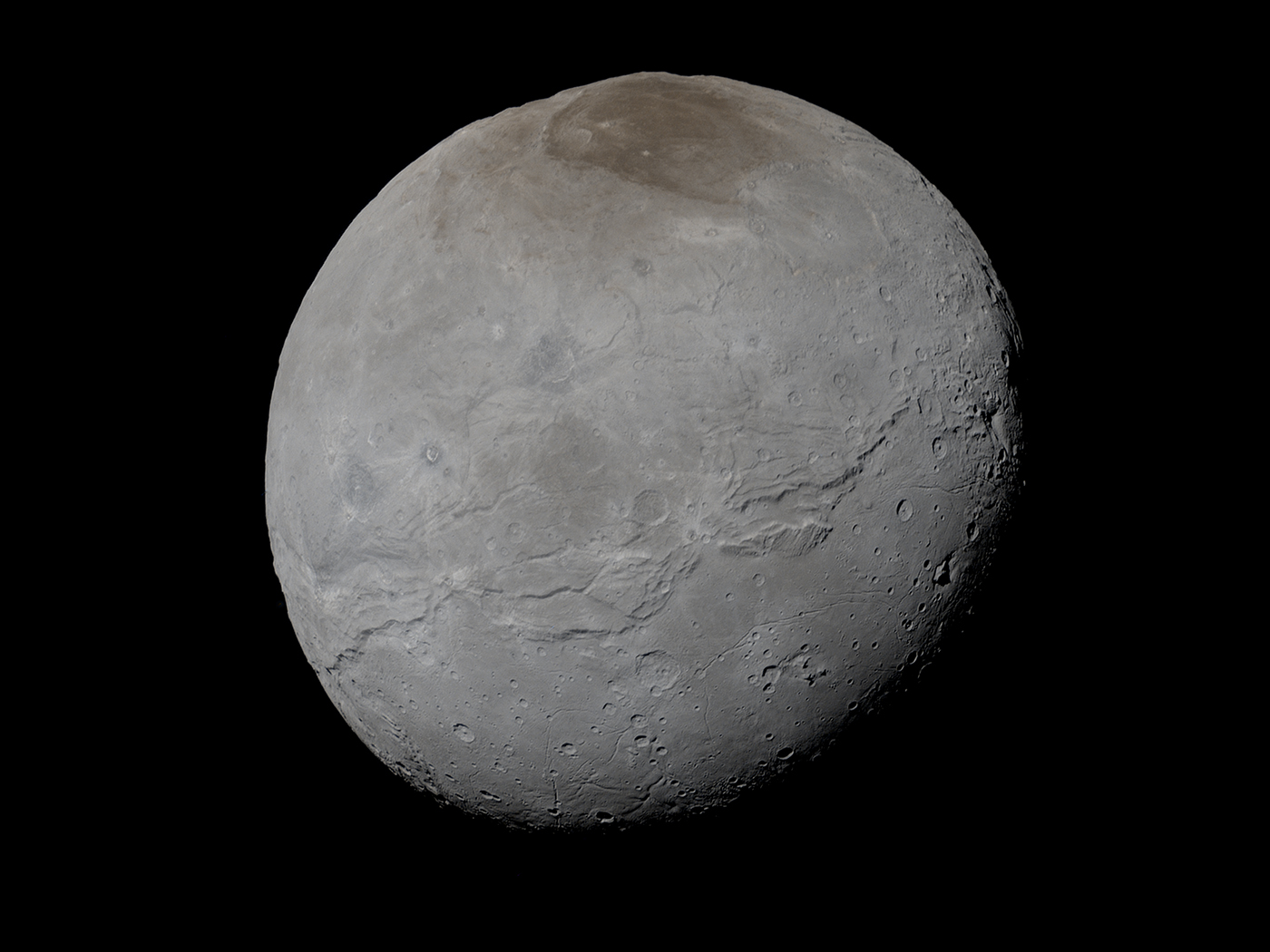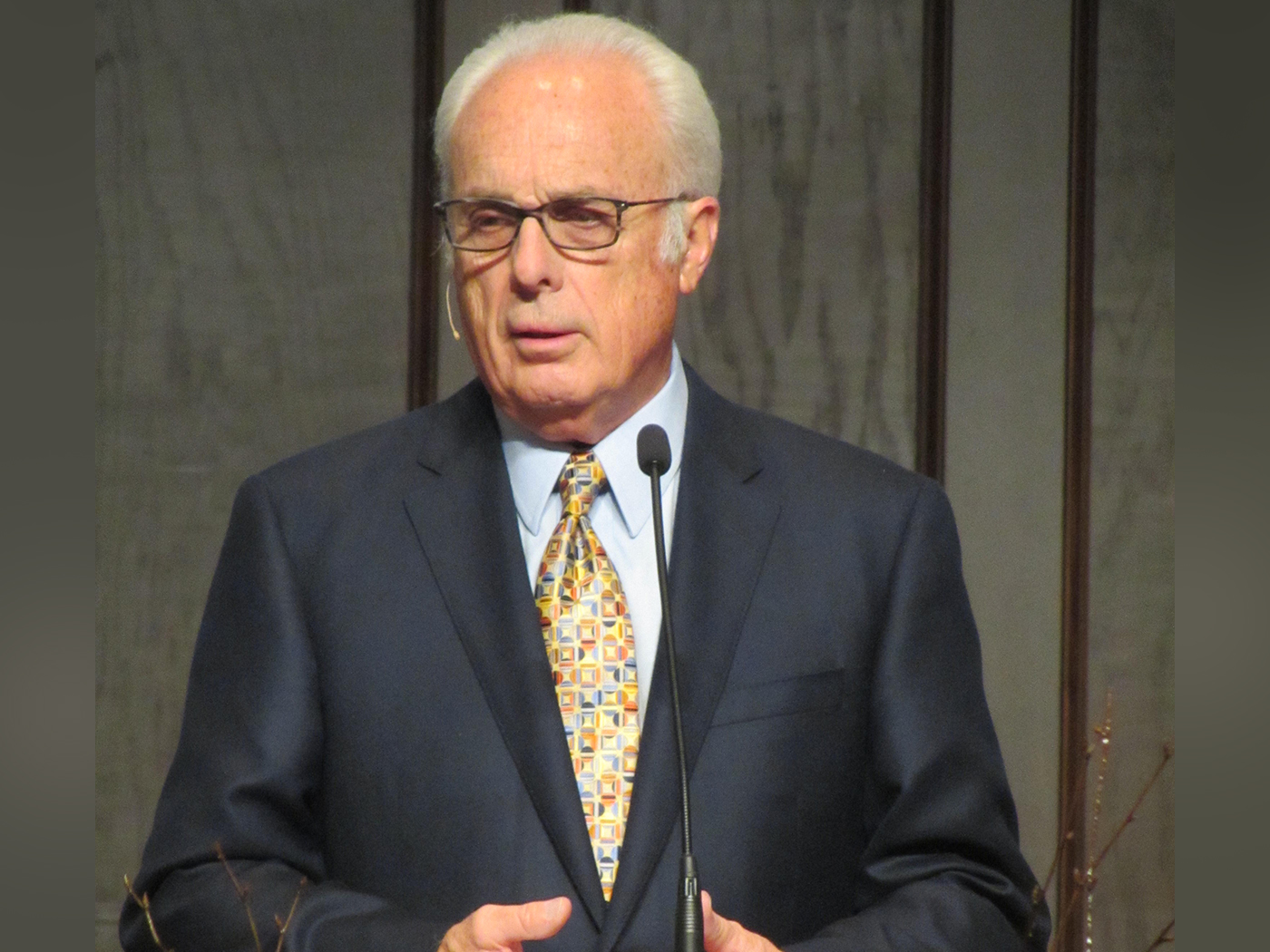The issue of stem cell research is once again in the news. Like the creation/evolution controversy, this volatile subject will always be a front burner topic. The reason? Researchers tell us stem cells are an untapped source for medical cures and treatments, but others believe the procedure of obtaining stem cells annihilates a human life in the form of an embryo. Society’s turning a blind eye to embryonic destruction is clearly a result of the decades-old abortion mentality. Many have become desensitized to human life—at all stages—after so many years of abortion-on-demand.
What Are Stem Cells?
Stem cells are young and unspecialized cells. Under the right conditions, they can be chemically encouraged to form any cell in the body. Because there are just a few in adults, researchers find they are more readily acquired from the egg cell prior to its implantation in the mother’s uterus (Ganong 2003, 518). |
e>The recurring argument from those who support the harvesting of embryonic tissue is the “good” that would result from stem cell investigation. Personalities with spinal cord injuries, such as the late Christopher Reeve, have been effectively used by the stem cell lobby. Certainly, specialized stem-cell treatments could possibly be used to treat Lou Gehrig’s disease and Alzheimer’s disease. Criticism has been sharp both in the United States and abroad as stem cell research advocates emphasize the medical breakthroughs that studies might accomplish.
Yet, many—including not a few scientists and President Bush—have opposed expanded embryonic research because of the issue of where these embryonic cells come from. When the House of Representatives recently voted to lift the ban on stem cell funding, President Bush threatened to veto, citing the “ongoing destruction of emerging human life” (AP 2005).
Stem Cell Alternatives
In May of 2005, a South Korean research team made medical history by taking a piece of skin from a patient and growing stem cells (adult stem cells) containing the patient’s DNA. This is good news because it obviously does not involve stem cells from an embryo, yet may prove medically beneficial.
There has also been another development in the news that might make the stem cell issue moot. It’s possible that other ordinary cells of the body (like skin cells) could be converted into embryonic stem cells. Washington Post writer Rick Weiss, quotes James F. Battey, chief of the stem cell task force at the National Institutes of Health as saying, "That would really get around all the moral and ethical concerns" (2005). As the field of molecular biology continues to make strides, particularly in the area of DNA, this discovery indeed looks promising. Researchers hypothetically could activate certain genes in specific cells that would literally make them embryonic again – without embryo destruction. Additionally, there is a move to set up a national databank for umbilical cord blood. This source of stem cells, called multipotent cells, does not involve the eradication of the embryo. A national databank could possibly be used for various stem cell treatments and research.
How should the Christian respond to the harvesting of embryonic tissue? Scripture teaches that human life is special (Psalm 139:13-14) and that people have been created in God’s image (Genesis 1:27). Listing the benefits of stem cell research does not null the destruction cell harvesting causes.
In conclusion, for all the good scientific investigation this field has produced, there are alternatives to embryonic stem cell research, and these options, including adult stem cells, look promising.
References
- Associated Press. 2005. House votes to lift ban on stem cell funding. MSNBC.com, May 25, 2005. http://www.msnbc.msn.com/id/7964239
- Ganong, William F. 2003. Review of medical physiology. 21st ed. Lange.
- Weiss, Rick. 2005. Stem cell advances may make moral issue moot. Washington Post, June 6, 2005. http://www.washingtonpost.com.
The Latest
Dr. James S. Johnson Goes Home to the Lord
Dr. James S. Johnson, chief academic officer and associate professor of apologetics for ICR’s School of Biblical Apologetics (SOBA), joined his...
Pluto’s Largest Moon Looks Young
When the New Horizons space probe captured images of Pluto and its large moon Charon as it flew by in 2015, conventional scientists were surprised by...
55-Million-Year-Old Tree Frog…Is Still a Tree Frog
In the 1990s, Australian paleontologists discovered fossil frog bones during a dig in Murgon, Queensland.1 This new species of frog—Litoria...
Pastor and Longtime ICR Supporter Dr. John MacArthur Now with...
Faithful ICR supporter and pastor Dr. John MacArthur went home to be with the Lord on Monday, July 14, 2025, completing his 86-year pilgrimage.1...
CREATION PODCAST
Setting Sights on Scopes: The Truth Behind the Infamous Monkey...
The Scopes Trial is one of the most famous court cases in American history, and this year marks its one hundredth anniversary. Often,...
Did Earthworms Rewrite Their DNA to Survive on Land?
An earthworm news story was recently posted that openly questions Darwin’s gradual and slow evolutionary progress in the living world.1...
Mysterious Erosion Confirms High Flood Boundary
Two separate research reports arrived at a similar conclusion.1,2 Both found an episode of mysterious erosion had occurred near the end of...
A Uniquely Designed Air-Filled Sac Within Birds’ Lungs
Soaring birds are a majestic sight to behold, especially when they undergo such climbing and endless spiraling so effortlessly. Not surprisingly, evolutionists...
Liberty and the Word of God
“And I will walk at liberty: for I seek thy precepts” (Psalm 119:45).
July 4th is called Independence Day here in our country because on...
July 2025 ICR Wallpaper
"These things I have spoken to you, that in Me you may have peace. In the world you will have tribulation; but be of good cheer, I have overcome...













